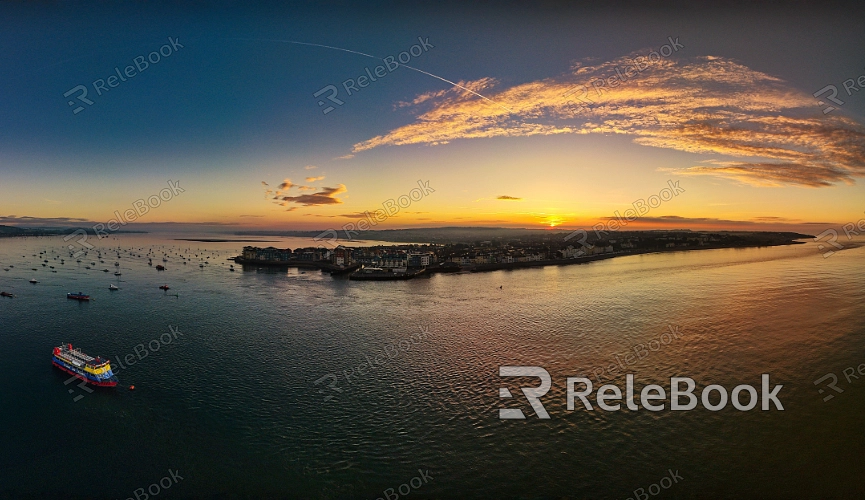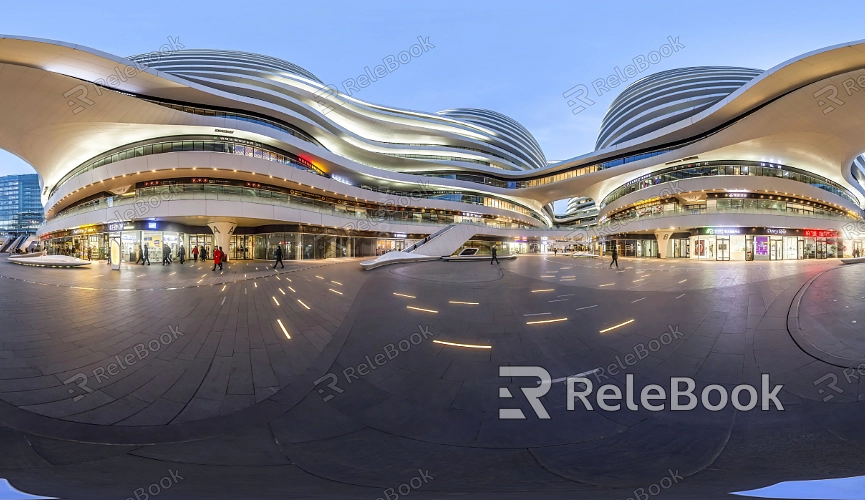Why Does HDR Look Yellow
When working with HDRimages in 3D modeling and rendering, designers may encounter issues with color distortion, especially when rendering complex scenes or handling high-dynamic-range images. A yellowish tint in HDR images can significantly affect the final visual outcome, particularly in projects requiring highly realistic color representation. This article explores common causes of yellowing in HDR images and provides solutions to help enhance your rendering results.

Color Management Settings
Color Space Configuration
Incorrect color space settings for HDR images can lead to color distortion. For example, using mismatched color spaces or failing to properly configure your color management system can cause color shifts. Ensure that your software and hardware devices are set to the same color space (such as sRGB, Adobe RGB, or Rec. 2020) to avoid color discrepancies.
Color Calibration
An inaccurate color calibration of your monitor can also affect the presentation of HDR images. Regularly calibrate your monitor using color calibration tools to ensure accurate color representation. If the monitor's color calibration is off, it may result in certain hues, like yellow, appearing distorted.
Lighting Settings Issues
Environmental Light Sources
The setup of environmental light sources in HDR images can contribute to color issues. If the environmental light sources are too strong or have an incorrect color temperature, it may cause the image to take on a yellowish or otherwise unnatural tint. Adjust the intensity and color temperature of environmental light sources to match the scene requirements.
Light Maps
The quality and color settings of light maps can also impact HDR image results. If the light maps have color discrepancies or inaccuracies, it could lead to a yellowish tint in the render. Use high-quality light maps and ensure their color settings align with the actual scene.

Material and Texture Issues
Material Settings
Improper material settings in HDR images can cause color problems. Mismatched material properties, such as reflectivity or refraction, can result in a yellowish render. Review the material settings to ensure that their properties meet the design specifications.
Texture Mapping
The method of texture mapping and the quality of textures themselves can affect HDR image color representation. Incorrect texture mapping or poor-quality textures may lead to unnatural colors in the image. Use high-resolution textures and ensure proper texture mapping settings. If you find sourcing high-quality textures complex or time-consuming, consider accessing Relebook for premium texture resources at Relebook.
Rendering Settings and Post-Processing
Rendering Engine Configuration
Different rendering engines handle HDR images differently. Improper settings in the rendering engine can lead to color distortion. Verify the configuration of your rendering engine to ensure it meets the requirements for HDR images.
Post-Processing
During post-processing, color adjustments to HDR images might inadvertently cause a yellowish tint if not done carefully. Use professional post-processing software and proceed with color adjustments cautiously to avoid over-editing that can lead to color distortions.
The yellowish tint in HDR images can be caused by various factors, including color management settings, lighting configurations, material and texture issues, and rendering and post-processing adjustments. By examining and adjusting these aspects, you can effectively resolve the yellowing issue and enhance the quality and accuracy of your renders. For high-quality HDR image resources, 3D textures, SketchUp models, or 3ds Max models, Relebook offers a wide selection to streamline your design process. Explore Relebook to make your design work smoother and more efficient.

